Can an automation system be more than just the sum of its parts?
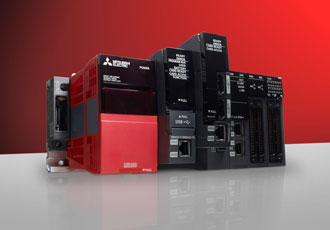
Mitsubishi Electric’s Barry Weller argues that it can and that the age of the PLC platform is now bringing a host of benefits that extend far beyond ease of programming and simplicity of integration.
Replacements and upgrades aside, it is rare today that automation components are purchased in isolation. More commonly, a mix of controllers, PLCs, inverters, servo components, networking cards, HMIs, I/O modules, will be purchased as a total solution, building a system for machine control, process control, positioning, production line automation and even factory-wide coordination.
Of course, this should come as no surprise. Most automation vendors will argue the benefits of buying multiple components from one vendor, citing the elimination of compatibility issues and the availability of common programming platforms. Indeed these are all perfectly legitimate arguments to focus on one brand. However, even a system of closely matched components can only take you so far. The real benefits come once you look at the possibilities of a complete automation platform.
The evolution of the modern automation platform, commonly with a PLC at its heart, delivers a system that is much more than the sum of its constituent parts and addresses important emerging trends and industry challenges. In particular, it provides the enabler that will allow manufacturers to drive forward on the journey towards digitalisation and Industry 4.0.
For example, when we talk about the importance of communications today and within the Industry 4.0 environment of tomorrow, a true automation platform is an enabler not only for integrated communications throughout a factory but beyond to a complete eco system of global facilities, allowing businesses to optimise their production processes on a worldwide scale.
Further, an automation platform can analyse its own health and performance and offer predictive maintenance. It can also save energy by safely turning off idling machines and processes or put them on standby and can also inform its operators about how to make improvements in efficiency, helping to coordinate manufacturing, processing and logistics operations far beyond the walls of the machine, or the factory unit it is located in.
Using the cloud it can also extend data storage and processing to the virtual world, recording essential production trend information and delivering moment-by-moment condition monitoring and asset optimisation updates. Additionally it can think independently of a physical action, delivering production environments that can self-optimise. It enables manufacturers to take a holistic view of their operations, driving huge gains in productivity while significantly reducing total cost of ownership (TCO).
The automation lifecycle
With the PLC at its heart, the true automation platform minimises TCO at all phases of the automation lifecycle by improving development times, enhancing productivity, reducing waste and maintenance costs and making information more easily accessible throughout the plant.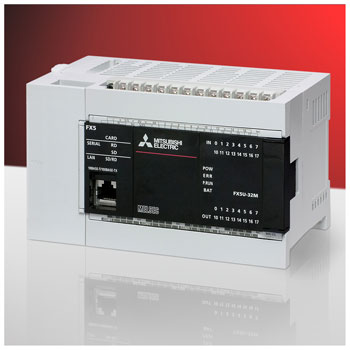
As an example, Mitsubishi Electric has enabled all of these benefits through its iQ-Platform. Built on Mitsubishi Electric’s class leading PLCs and dedicated CPUs, the iQ-Platform realises consolidated controllers on a single platform. Multi-function controllers responsible for different aspects of automation control can be used together on one high-speed system bus. The various control CPUs utilise high-speed data communication via the backplane, further reducing cost as additional networks are not required and improving performance due to the platform’s large data bandwidth capability.
Alongside the logic CPU, dedicated function CPUs include CNC CPUs for complex machine operations and motion control CPUs capable of positioning, speed, torque, tightening and press-fit, advanced synchronous and cam control, so satisfying even the most demanding high-mix and low-volume applications.
A dedicated integrated robot control CPU also helps to improve overall machine productivity, while a process CPU is designed specifically for medium to large-scale process control systems requiring high-speed performance coupled with the handling of large PID and control loops. Mitsubishi Electric also offers a C Controller, providing a reliable, open platform for executing C/C++ applications.
All of these CPUs operate on the same high-speed bus, enabling complex machine control to be realised without compromising the operation speed. As the operator interface, an HMI such as Mitsubishi Electric’s GOT2000 can improve productivity through multiple advanced functions, while acting as a seamless interface to other controllers within the production line.
At the same time, a number of edge computing solutions directly integrated within the automation platform deliver IT information to and from the plant floor, offering further opportunities to optimise processes and offering improvements in traceability through direct connection with the enterprise.
Reducing system configuration costs
Of course, not all data transfer between the plant floor and higher level systems need to be managed within the PLC and a further benefit of a true automation platform is that seamless connectivity is possible not only between production management systems and PLCs but also between those higher level systems and other devices. This significantly reduces system configuration costs as communications can be established without having to worry about network hierarchies and boundaries.
Platforms such as Mitsubishi Electric’s iQ-Platform take advantage of seamless message protocol (SLMP) – a simple client-server communication protocol that enables communication between Ethernet products and CC-Link IE compatible machines. With a combination CC-Link IE and Ethernet devices (such as vision sensors and RFID controllers) supporting SLMP, monitoring and collecting data can be performed from virtually anywhere on the network.
From a platform point of view, specific network protocol choice is less of an issue these days, as most vendors will support multiple protocols. Mitsubishi Electric’s protocol of choice, however is CC-Link – a high-speed, high reliability protocol with options at field level - with the original CC-Link fieldbus as well as the CC-Link IE Field industrial Ethernet variant and control level through CC-Link IE Control. Mitsubishi Electric also offers a best in class servo system control network (SSCNET III/H) offering flexible, long-distance wiring capabilities based on optical fibre cable topology.
However, the advantages of an automation platform go beyond just control. A further key benefit of a true automation platform is an integrated engineering environment, delivering further reductions in total cost of ownership. This single engineering environment provides tools for system design, programming, debugging and maintenance, ensuring consistency of the complete lifecycle of the system.
As an example, Mitsubishi Electric’s iQ-Works software suite provides tools to address the challenge in engineering to develop and efficiently maintain advanced production lines over the whole product lifecycle. Rather than having to rely on separate software tools for different products, engineers using iQ-Works benefit from complete integrated engineering software suite for Mitsubishi Electric’s PLCs, servo systems, motion controllers, variable speed drives, HMIs, PC-based controllers, robots and CNC systems.
The journey to Industry 4.0
We can see, then, that the PLC-based automation platform has much to offer manufacturers of all scales and at all points on the journey to an Industry 4.0 environment. The integrated control components within the iQ-Platform offer the system designer the option to implement an optimised control system that integrates different control processes onto one common platform. The high-speed system bus enables fast data communication between these processes and ensures that the high accuracy requirements of the application are satisfied.
When processes require control systems to be separated, the seamless network architecture of the iQ-Platform offers a best-in-class multiple hierarchy, with seamless communication between the various network layers at fast communication speeds. Finally, the engineering environment complements the hardware integration by enabling various project management features to be shared across the individual programming and design software tools.
For a significant proportion of manufacturers – those looking to take a holistic view of their operations and push efficiency, productivity, speed of development and reliability of their production processes to new levels – the automation platform provides the very best foundation to work from to achieve smart manufacturing and move towards Industry 4.0.
Similar articles
More from Mitsubishi
- Want a robot but don’t know where to start? 11th June 2021
- A pizza challenge for Control Freaks 22nd April 2021
- Competitive factories need to leverage the power of data 15th April 2021
- Combining user-friendliness with high performance 16th March 2021

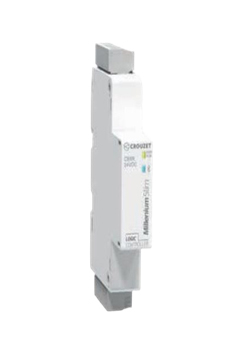
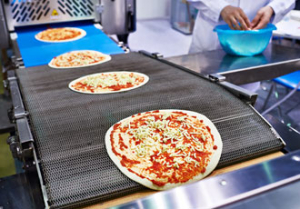
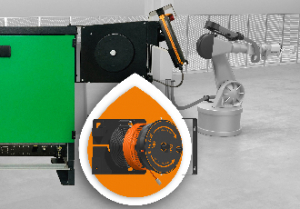
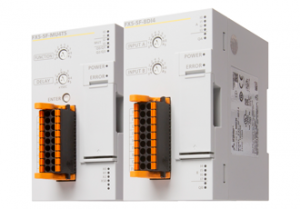







Write a comment
No comments